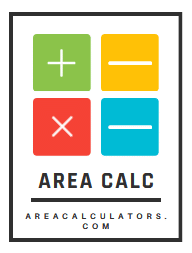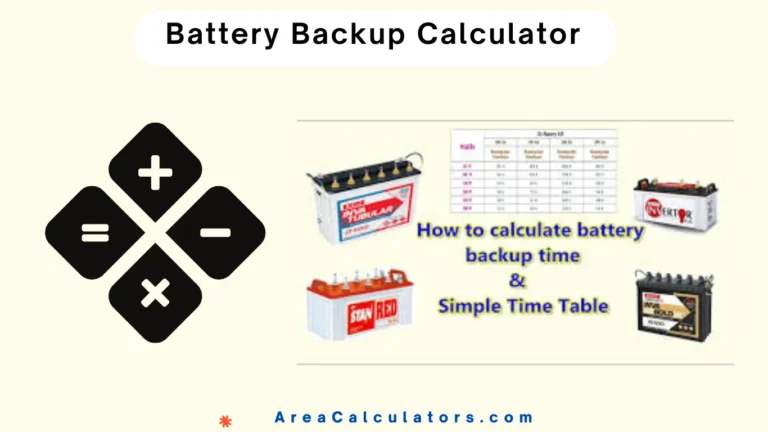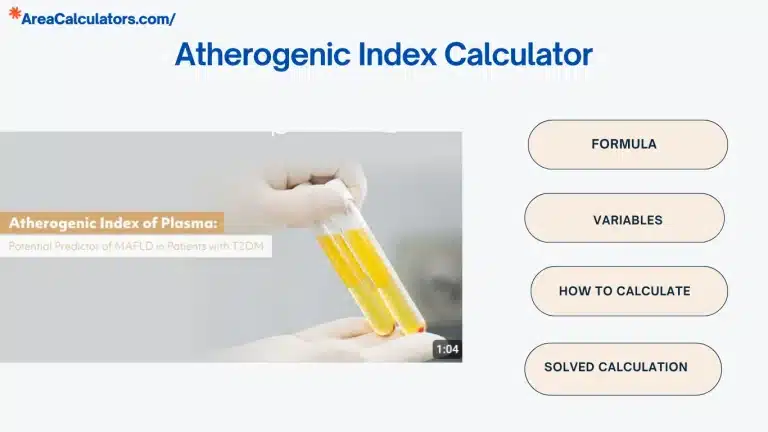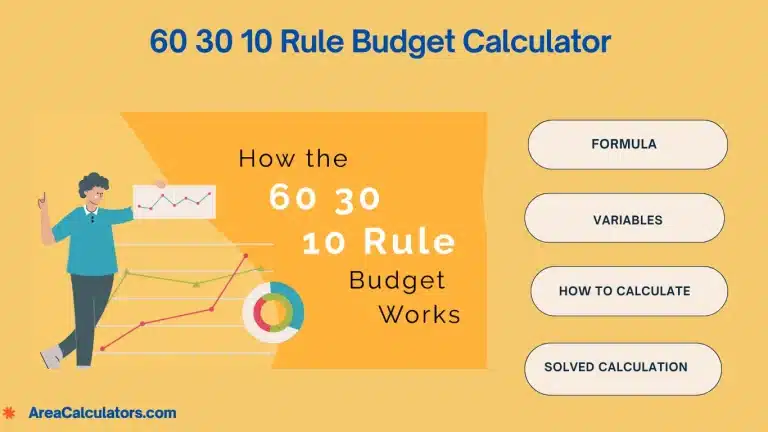Use the formula for conservation of momentum to calculate the final velocity after an inelastic collision by summing the momenta of the objects and dividing by their total mass.
The Inelastic Collision Velocity Calculator computes the final velocity of two colliding objects that stick together post-collision. In inelastic collisions, momentum is conserved while kinetic energy is not. This calculator is particularly useful in physics and engineering to analyze collisions in one dimension, determining the combined velocity of objects after impact.
Formula:
Contents
V = (M₁ ∗ V₁ + M₂ ∗ V₂) / (M₁ + M₂)
| Variable | Description | Unit |
|---|---|---|
| V | Final velocity after the collision | m/s |
| M₁ | Mass of the first object | kg |
| V₁ | Initial velocity of the first object | m/s |
| M₂ | Mass of the second object | kg |
| V₂ | Initial velocity of the second object | m/s |
Solved Calculations:
Example 1: Calculating Final Velocity for Two Cars
| Step | Value | Explanation |
|---|---|---|
| Mass of first car (M₁) | 1000 kg | Given mass of the first object |
| Velocity of first car (V₁) | 20 m/s | Given initial velocity of the first object |
| Mass of second car (M₂) | 1200 kg | Given mass of the second object |
| Velocity of second car (V₂) | 10 m/s | Given initial velocity of the second object |
| Apply formula | (1000 ∗ 20 + 1200 ∗ 10) / (1000 + 1200) | Substitute values into the formula |
| Result | 14.55 m/s | Final velocity of the combined cars |
Example 2: Collision of Two Objects
| Step | Value | Explanation |
|---|---|---|
| Mass of first object (M₁) | 5 kg | Given mass of the first object |
| Velocity of first object (V₁) | 3 m/s | Given initial velocity of the first object |
| Mass of second object (M₂) | 8 kg | Given mass of the second object |
| Velocity of second object (V₂) | 2 m/s | Given initial velocity of the second object |
| Apply formula | (5 ∗ 3 + 8 ∗ 2) / (5 + 8) | Substitute values into the formula |
| Result | 2.38 m/s | Final velocity of the combined objects |





